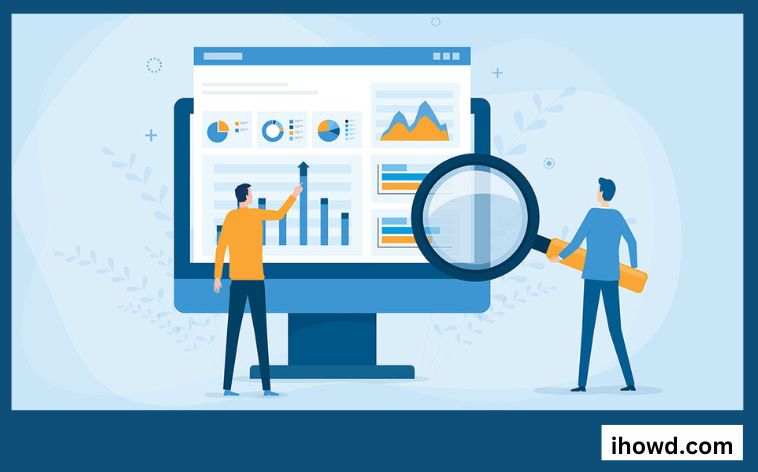Data Analysis in Your Business: You want to use data and analytics to find practical insights that can advance your company, but you can’t just throw data into a business intelligence platform and expect great things to happen.
Following best practises ensures you’re making informed, data-driven business decisions, whether you’re analysing customer data to enhance your marketing segmentation and capital allocation, compiling data from various sources to build predictive models, or sifting through cybersecurity data to make your infrastructure more secure.
Analytics for Business Data

Businesses may gather and examine trending or historical data. The type of information gathered depends on how it will be used. Additionally, data may be gathered directly from clients, site users, or acquired from outside sources. The substance of this data is rather diverse. Data about consumer demographics, hobbies, activities, and a variety of other aspects that a firm deems important are frequently sought for.
It is crucial to understand that data analytics are growing more and more important across sectors. It is a mistake to frequently equate data analytics with marketing and online shopping.
Data analysis insights, which are now more widely available than ever before, can help a wide variety of firms and industries acquire competitive advantages. Businesses can learn more about the preferences, lifestyles, and interests of their customers. This crucial information can help decision-makers maximise revenues and personalise user or customer experiences to boost productivity and loyalty.
How to Incorporate Data Analysis into Your Organization
1. Ensure That Everyone Is Aware of the Data Goals
You could be excused for assuming that all you need to do is choose the ideal BI tool and wait for the magic to happen given all the hype around data over the last 15 years.
But it’s not quite that easy, just like any commercial venture.
Start by establishing specific objectives for the data project, and make sure everyone is on the same page.
What particular business inquiries do you want to address?
For instance, a better question may be, “How can data help us make more money?” Find out which goods are the most lucrative and whether pricing can be raised without hurting sales. Find out which clients buy those things the most frequently and how to attract more of them.
Ultimately, try to understand the why behind your inquiries rather than just the what.
2. Select the Correct Metrics
The key to successful data analysis is selecting the metrics you’ll be looking at. You will have a better understanding of the metrics to use after you have your goals in place. For instance, if you’re examining advertising and customer data to determine your top customer acquisition statistics, conversion rates and customer spending information are crucial.
Your visualisations will also become clearer and simpler if you concentrate on the proper measurements. You’ll be able to eliminate pointless measurements and concentrate on what matters. Consider the goals you have in mind for the data, as well as the sort of analysis you plan to conduct, when selecting your metrics.
3. Recognize the current state of your data.
What kind of information does your company gather? Starting with what you already have, build your analytics initiative from there.
What about your data? Do you also have data stored in legacy systems in addition to spreadsheets? Can data from several sources be connected?
Before deciding on your initial aims and queries, you’ll want to have a feel on the accessibility and constraints of your data.
How pristine are your data? Your responses’ quality is solely dependent on the calibre of your data. Verify the accuracy, completeness, and duplication of the data.
4. Preventing Typical Data Modeling Errors
You need a method to accurately model the data in order to derive useful insights from all the information you’ve gathered. This entails staying away from typical mistakes like disregarding minor data sources, failing to consider the impact that computed fields may have on your model, and employing shoddy naming conventions. Without accounting for these possible mistakes, you risk creating data models that are complicated and clumsy.
Spend some time planning the objectives of your analytics, particularly when combining data from numerous sources. It will be much simpler to model complicated data if computed fields are consistent, correct dimensional hierarchies are created to allow users to drill down into the data, and other best practises for data modelling are followed.
5. Selecting the Correct Tool
Despite the fact that data analysis might be challenging, using analytical tools has never been simpler. An analytical tool is a piece of software that can analyse data for you, provide visuals, and help you arrive at better conclusions more quickly. There are many other software solutions available on the market that offer various features and outcomes. Make sure the instrument you choose is appropriate for the objectives you have established.
Thank you for reading, and come back again to the ihowd for fresh information!
